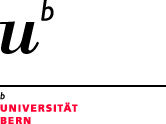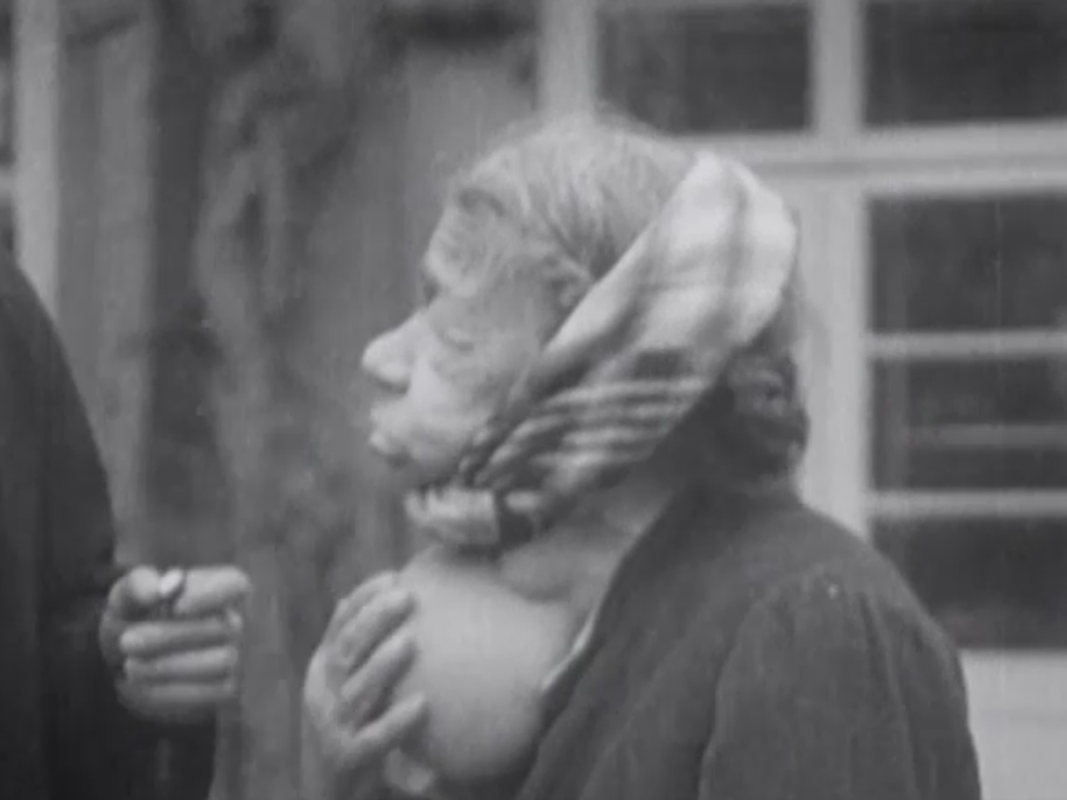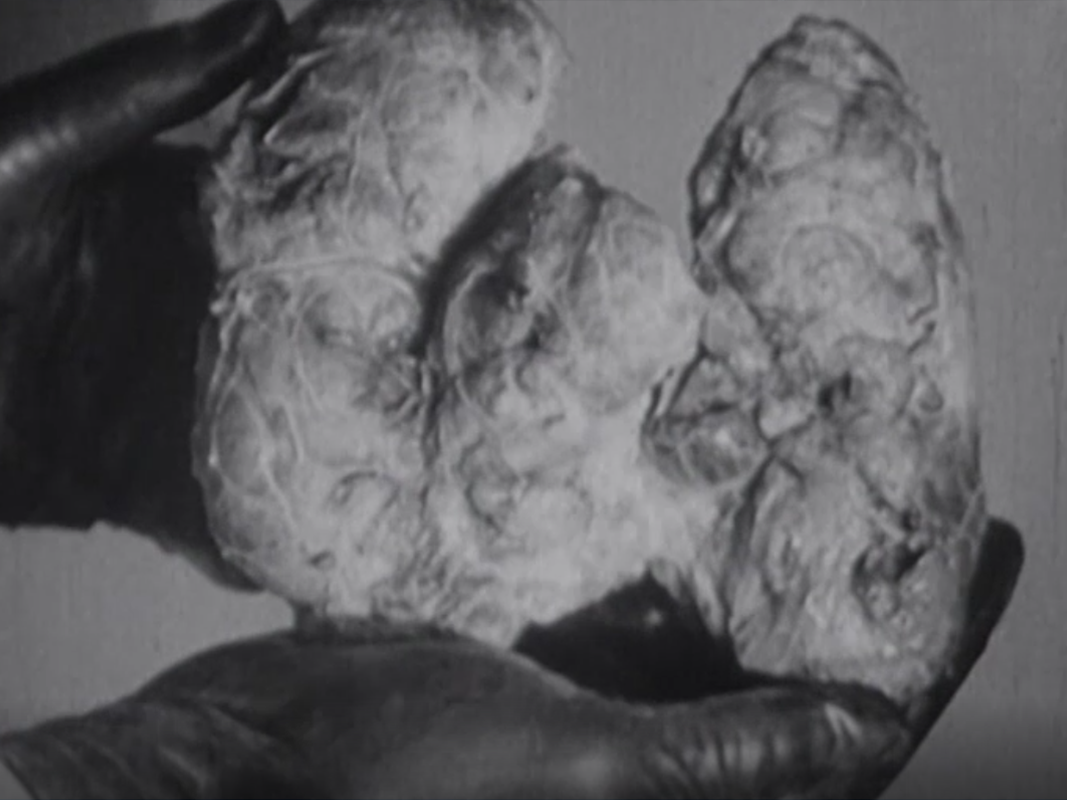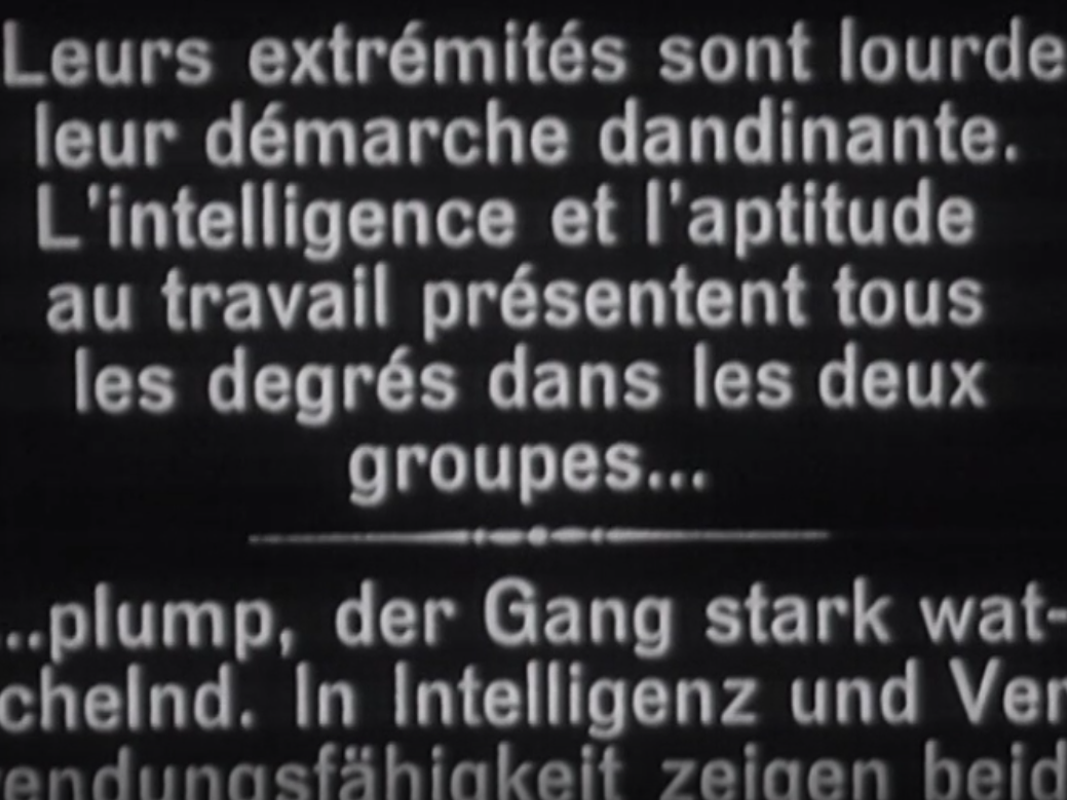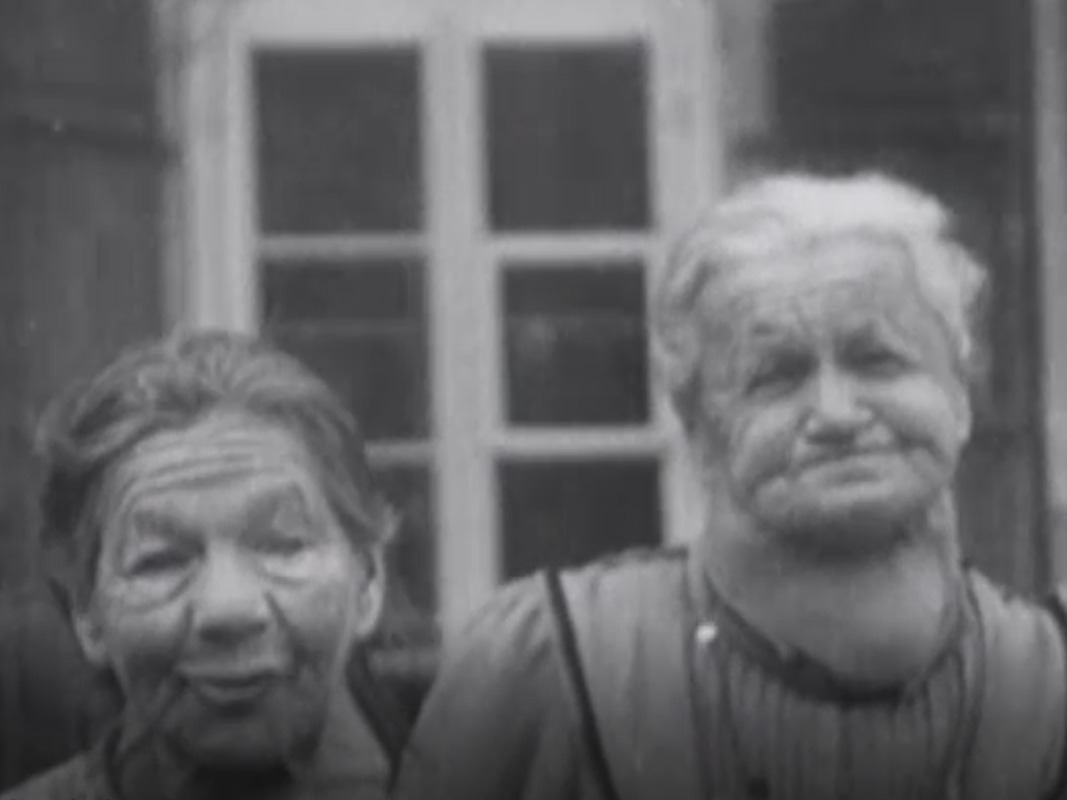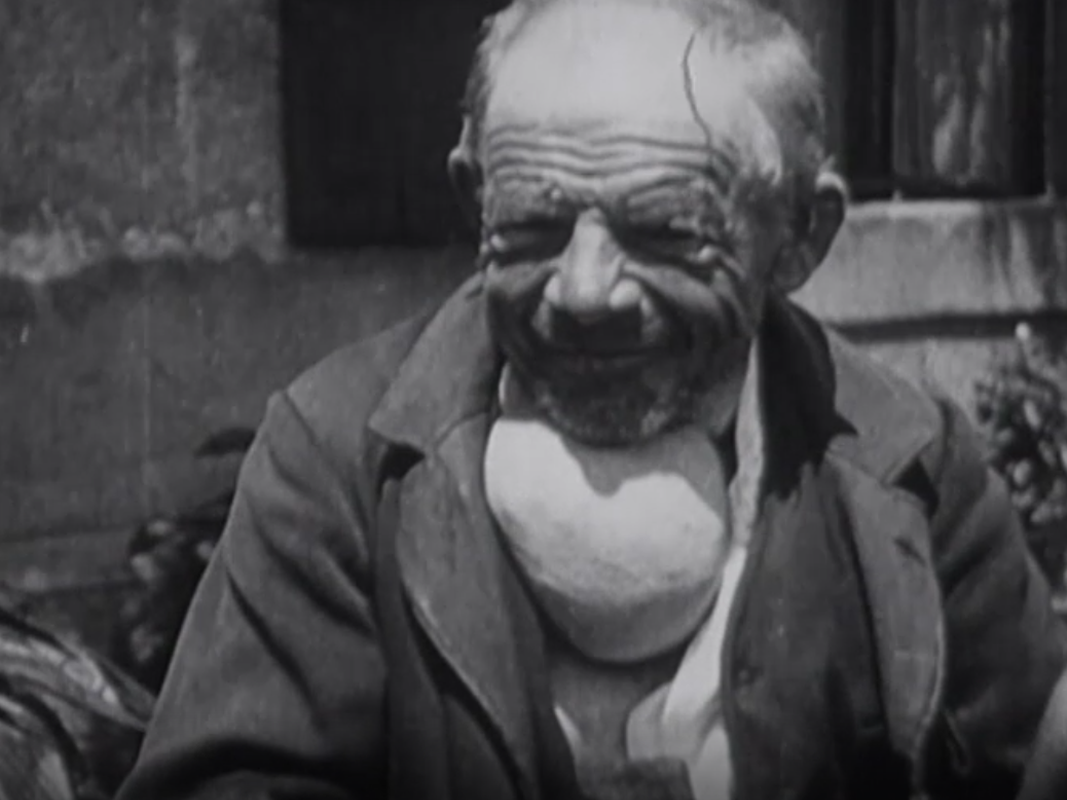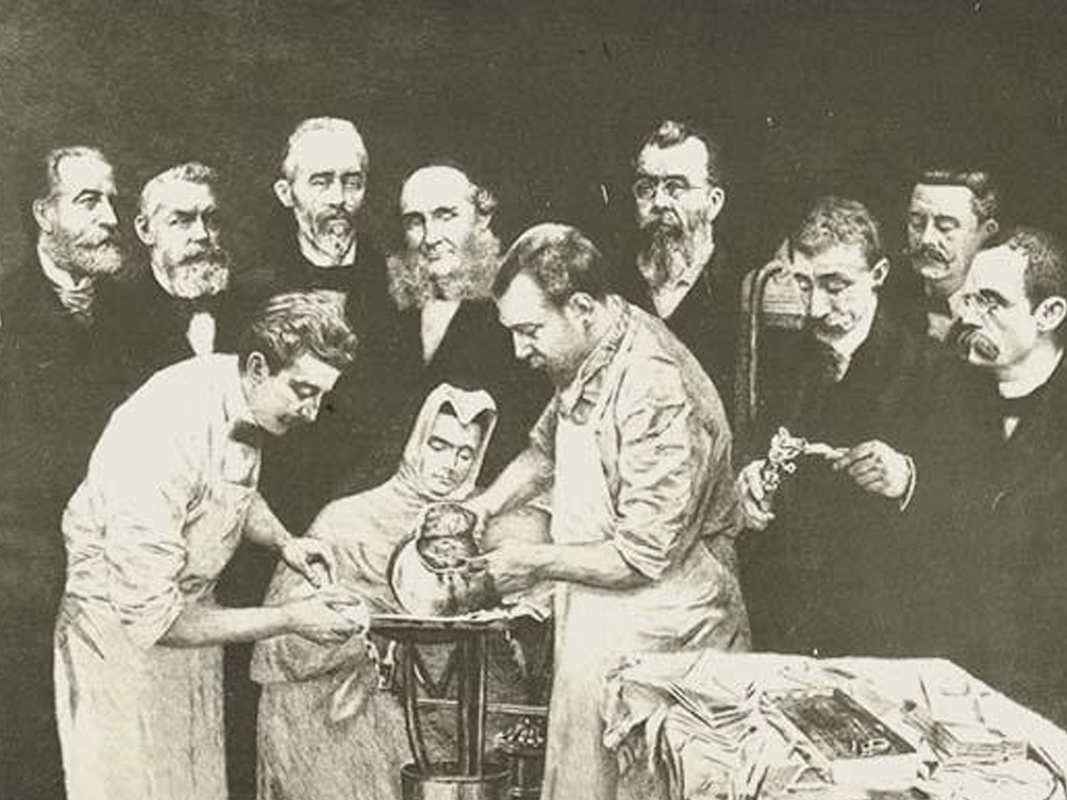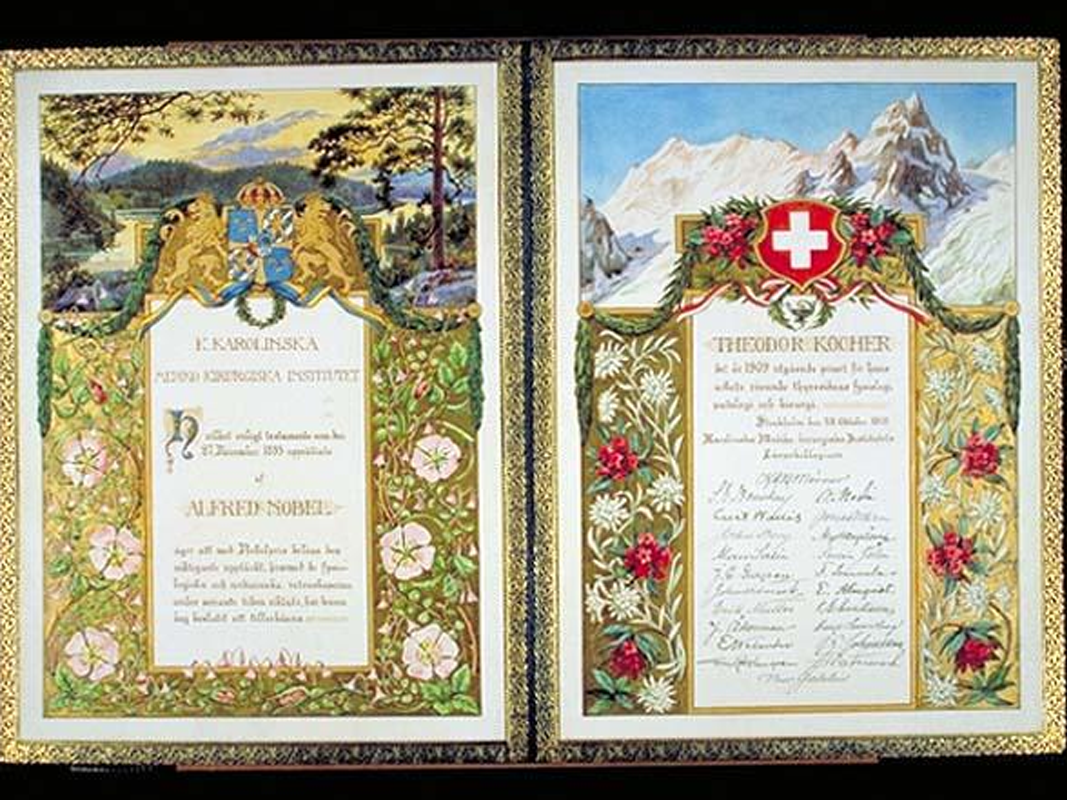Up until the beginning of the 20th century, the condition described as “cretinism” (derived from the French Crétin) was widespread in Switzerland. Due to an iodine deficiency, affected persons suffered from a developmental disorder that led to stunted growth and mental disability. Many of those affected also had a goiter (enlarged thyroid), which sometimes took on grotesque proportions. In areas in which more than 10% of the population had a goiter, the talk was of endemic goiter.
The condition was especially widespread in mountainous regions, where the earth was particularly low in iodine, meaning that the local food produce barely contained any iodine. However, iodine-poor earth also occurs in lowlands.
Unique historical picture material
The IML works to acquire historical film material. One example: During a cleanup at the Institute of Medical History at the University of Bern, in around 2005, film rolls came to light which had been recorded in Bernese institutions in the mid 1930s for training purposes. The film shows both cretins and patients with athyreosis (absence of thyroid gland). The former head of the Institute of Medical History, Prof. Boschung, passed the 16mm film to the IML. Ulrich Woermann from the Education and Media Department (AUM) recalls: “We played the film material for the Institute of Medical History with an old projector and recorded it onto video from the screen”. This historical document provides an insight into a lost world and recalls an almost forgotten condition.
The theme of cretinism remains topical to this day. For instance, the IML received an enquiry from French TV (France 2) for historical film material. The filmmakers wanted to report on endemic cretinism as part of the documentary series “Adventures in medicine”. In consultation with the present head of the Institute of Medical History, Prof. Steinke, the IML was able to share some of the material with France 2. The documentary has since been made.
Introduction of iodine prophylaxis
Switzerland was a pioneer in the introduction of iodine prophylaxis with iodized salt, which led to the eradication of cretinism. In 1918, the Swiss physician Otto Bayard was able to show that iodine deficiency could be remedied with iodized salt, without any undesired side-effects. Through a popular initiative, the physician Hans Eggenberger managed to achieve the fortification of salt with iodine in the Swiss Canton of Appenzell Outer Rhodes in 1922. After initial resistance on the part of medicine and the Swiss Goiter Commission, this measure quickly caught on in Switzerland and Austria. In Germany, by contrast, iodine had a reputation of being poisonous and continued not to be used at all.
Currently, due to modern eating habits like fast food or ready meals and the use of exotic salts, iodine supply is in jeopardy. However, for risk groups (e.g. women of childbearing age, breastfeeding women, infants and toddlers), a sufficient iodine intake remains important.
Bern as a center for thyroid surgery
Thanks to Theodor Kocher and Fritz de Quervain, for a long time, Bern was the leading center for thyroid surgery in Europe. In 1909, Theodor Kocher was awarded the Nobel Prize for his groundbreaking discoveries. You can learn more about goiter and the two pioneers of thyroid surgery in the learning program “Bern and thyroid”, which Prof. Boschung developed together with the AUM to mark the 100th anniversary.
